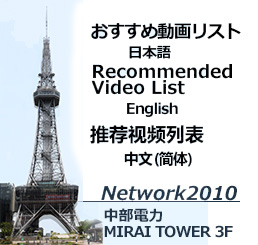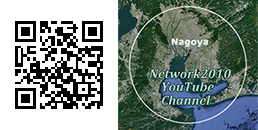【Video】TOBA SEA-FOLK MUSEUM
http://network2010.org/article/2137
- Return to INDEX
- ❶History and sightseeing spot of Toba City
- ❷Mikimoto Kokichi & Mikimoto Pearl Island
- ❸Toba Aquarium
- ❹Toba Sea-Folk Museum
- ❺History and sightseeing spot of Shima City
- ❻Tokaido Highway Suzukatoge Pass & Seki post town
- ❼Iga style ninja Museum
- ❽Saiku & Saio Princess Festival
The text published is reproducing the sentence of the website of TOBA SEA-FOLK MUSEUM.
About the museum
The Toba Sea-Folk Museum was founded in 1971 to preserve the knowledge and history of Toba’s fishing traditions and culture. We are the only museum inJapan dedicated to understanding the traditions of Toba’s fisher-folk, and the relationship between man and the sea. For over 40 years the museum has collected and preserved the antique fishing equipment of Mie Prefecture’s fishing villages, and researched the traditions and religion of the area’s fisher-folk
In 1985 the museum was awarded ‘Important Tangible Folk Cultural Properties’ by Japan’s Agency for Cultural Affairs, for our collection of over six thousand exhibits about Toba’s ancient fishing traditions and antique fishing equipment.The museum was built in Uramura, outside of Toba city, in order to preserve the fishing heritage of this area for future generations.It took over 6 years to plan and build the museum, and it finally opened to the public in 1993.
Exhibition concept
TRADITIONS OF SEA FOLK
People love the ocean.The oceans of the world have brougt forth life under the sea. For the Japanese,inhabitants of pacific islands,the ocean has been more signeificant than just a place where peole get food and salt.The ocean has been used as a highway for trade or as the means of customs and religion etc.since ancient times.Traditions of Sea Folk has been characterized by a long and significant relationship between the ocean and people.
AMA DIVERS IN SHIMA
The history of Ama(women diver)fishing dates back to 10000year ago.How could they catch abalones in less than 50 secound without scuba-equipment? Try holding your breath for as long as the Ama,when waching them dive.
SEA-FOLK FAITH AND FESTIVALS
In Japan,gods reside everywhere.This is an important point to understand the Faith of Japanese.Gods may settle in a house, in a boat, and even in a small piece of wood. Japanese worship natural phenomena because of this belief. Meet "the Ebisu" god, the Japanese god that brings fortune and harvest.
FISHERY IN ISE BAY
Ise Bay used to be a favorable fishing area. People would catch just what food they needed for the day. In those days man depended on himself or being developed. "Utase-ami ryo",trawling nets using a sail-boat was one of traditional methods of fishermen.
FISHERY IN SHIMA AND KUMANO
n the past, dropping octopus-pots, harpooning Marlins, sharks and whales, snatching schools of sand lance by scoop net in the area have been replaced by technological innovation. Don't miss the processing of Katsuo-bushi(dried bonito) and nori(sea weed).Both of which are essential to prepare Japanese dishes.
SEA POLLUTION
Industrial waste dicharge and land reclamation have destroyed tidal flats and shallow seaweed areas, the home of small marine life. Thermal pollution from atomic generator plants is affecting the whole environment of the sea. Our daily life easily becomes a source of pollution. It's time to Save Our Seas when we notice S.O.S. signals from marine organisms.
WOODEN BOAT AND NAVIGATION
Travel back in the past and hear the sounds of wave with the collection of Japanese original and Asian wooden boats in the museum's ship storage. In Japan, boat builders used to put a spirit called funadama-san in each new boat he made. As boat builders are becoming fewer in number today, unique and traditional construction techniques are disappearing.
Photo
-

TOBA SEA-FOLK MUSEUM
-
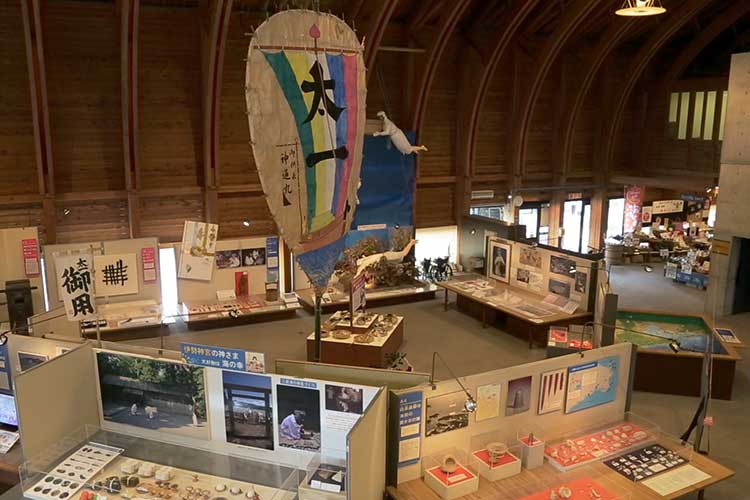
Exhibition Hall A
-
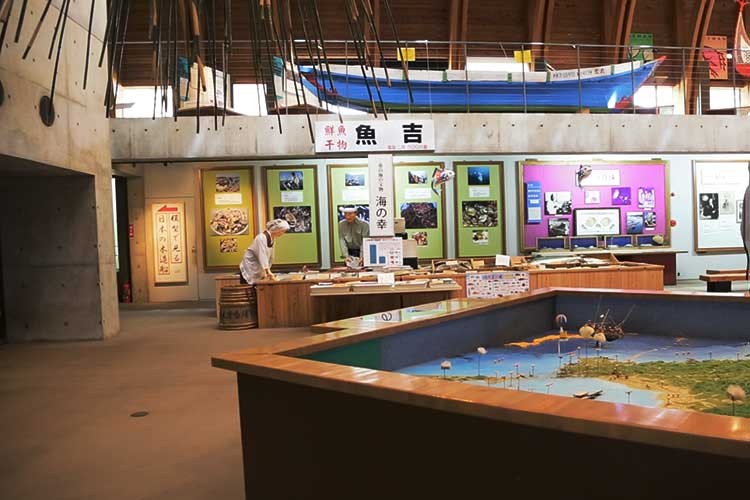
Exhibition Hall A-1F
-

TRADITIONS OF SEA FOLK-1F
-
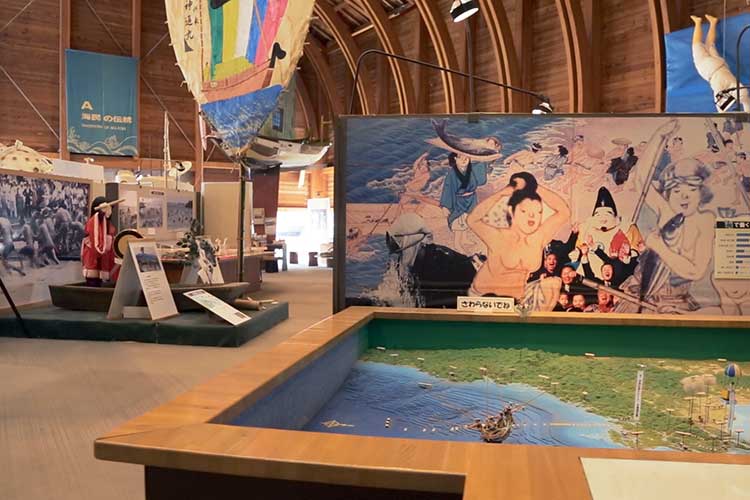
TRADITIONS OF SEA FOLK-1F
-
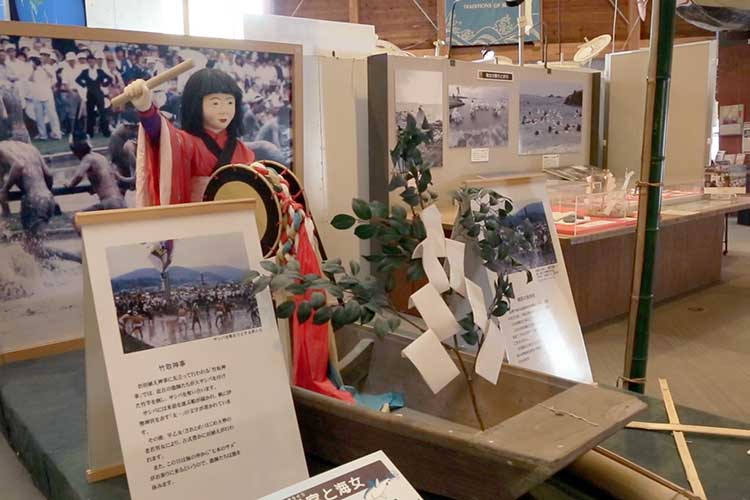
TRADITIONS OF SEA FOLK-1F
-
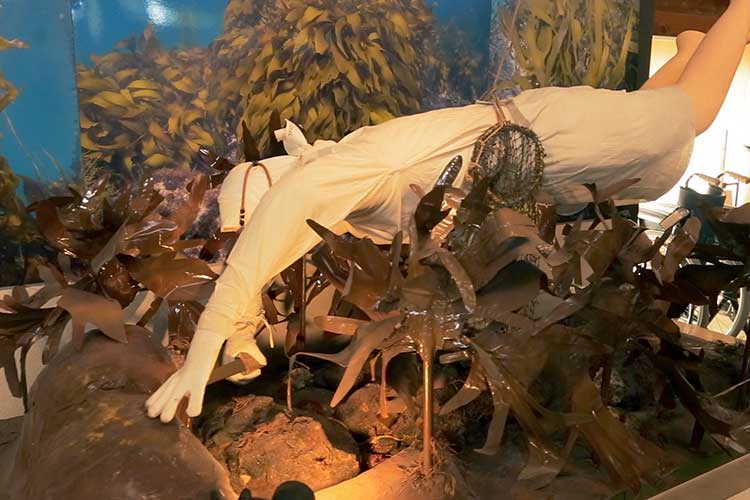
TRADITIONS OF SEA FOLK-1F
-
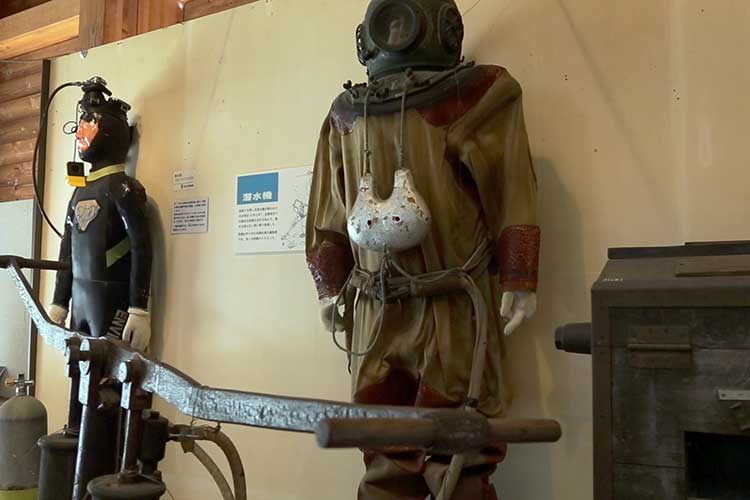
TRADITIONS OF SEA FOLK-1F
-
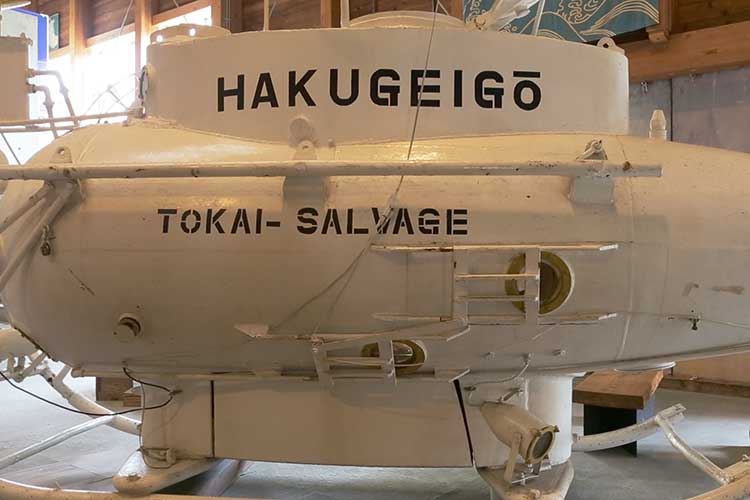
TRADITIONS OF SEA FOLK-1F
-
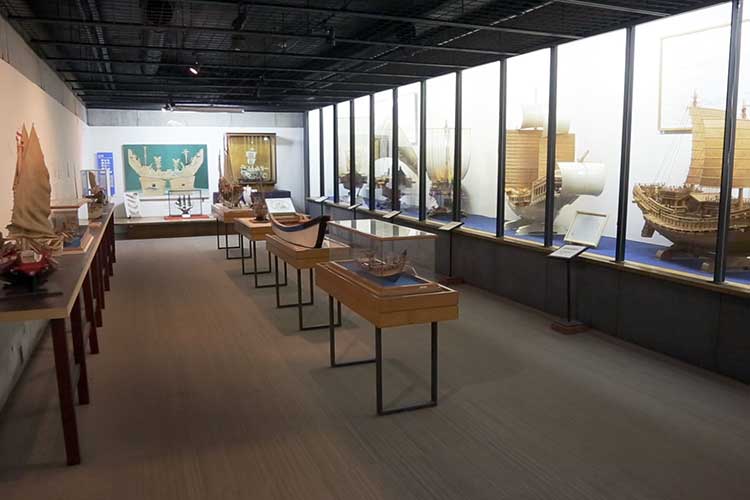
Wooden Boat scale model
-
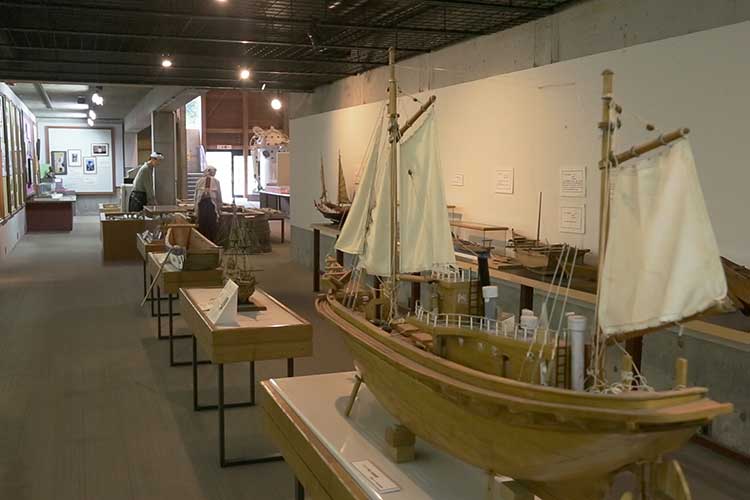
Wooden Boat scale model
-
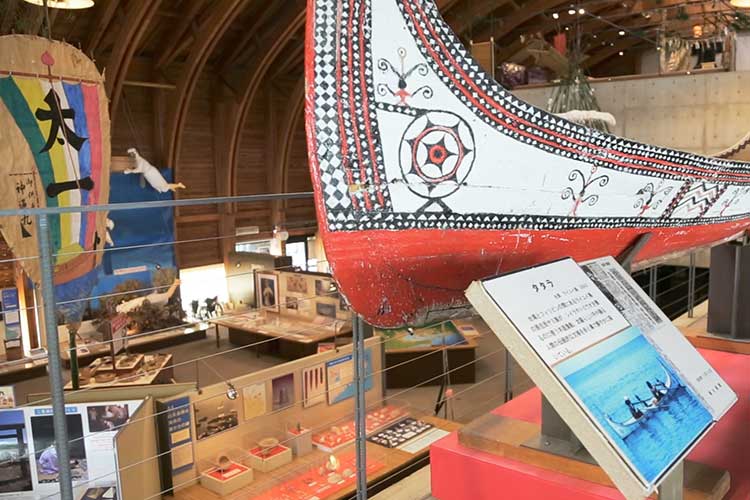
SEA POLLUTION-2F
-
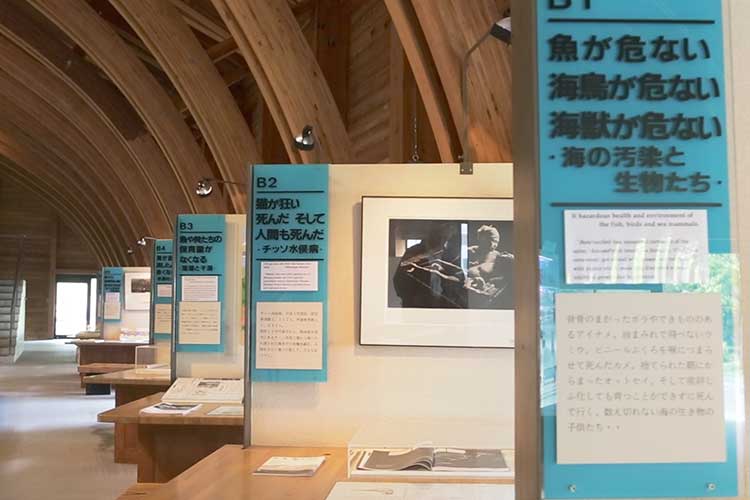
SEA POLLUTION-2F
-
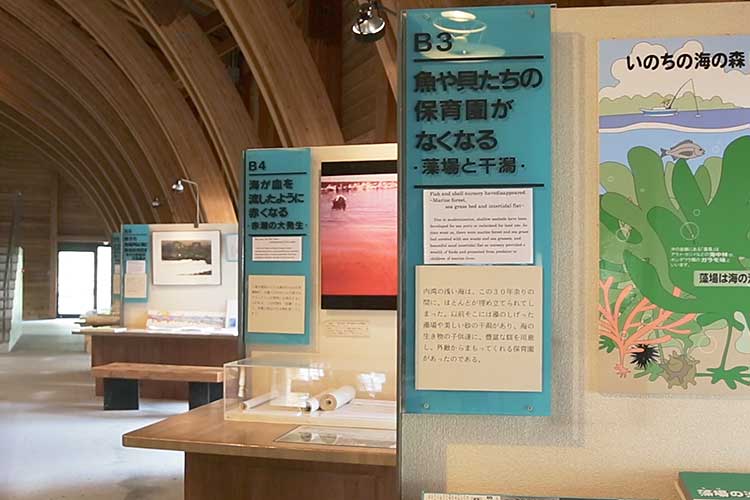
SEA POLLUTION-2F
-
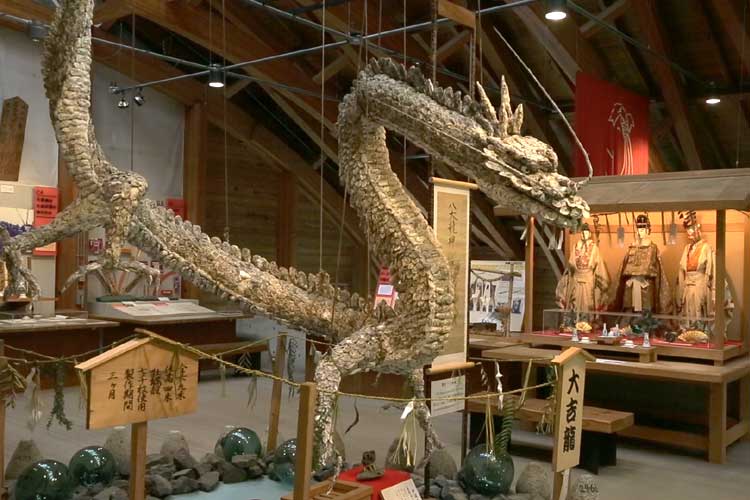
SEA-FOLK'S FAITH AND FESTIVAL
-
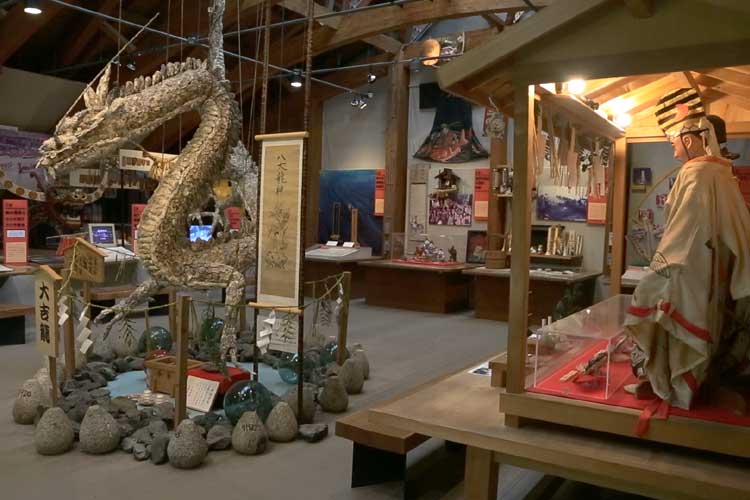
SEA-FOLK'S FAITH AND FESTIVAL
-
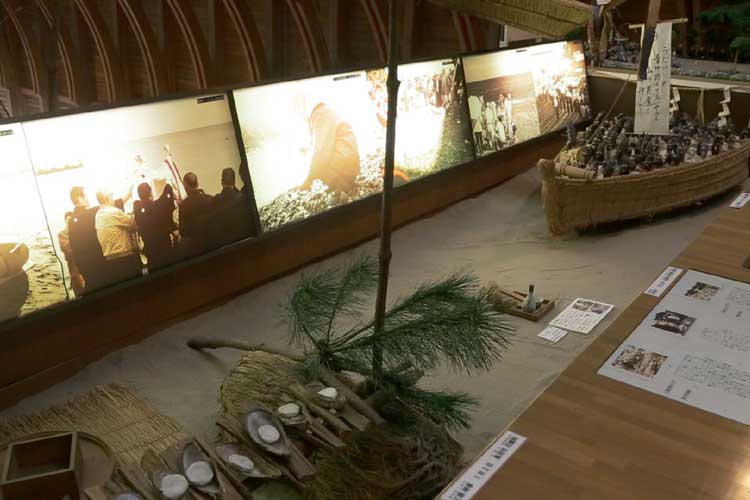
SEA-FOLK'S FAITH AND FESTIVAL
-
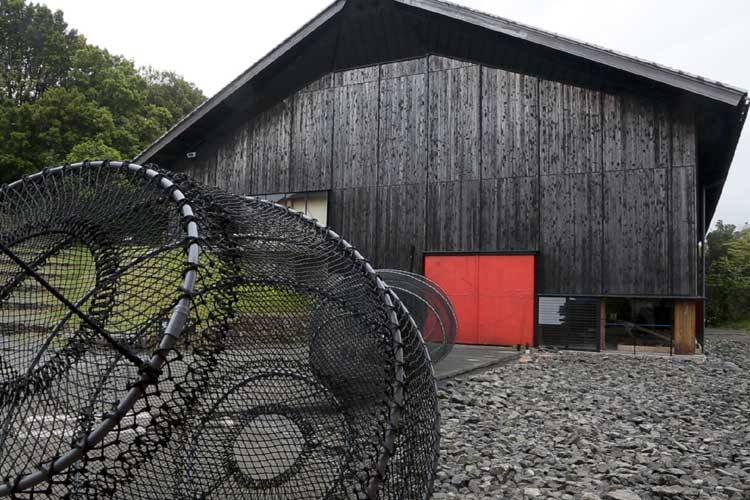
Exhibition Hall B
-
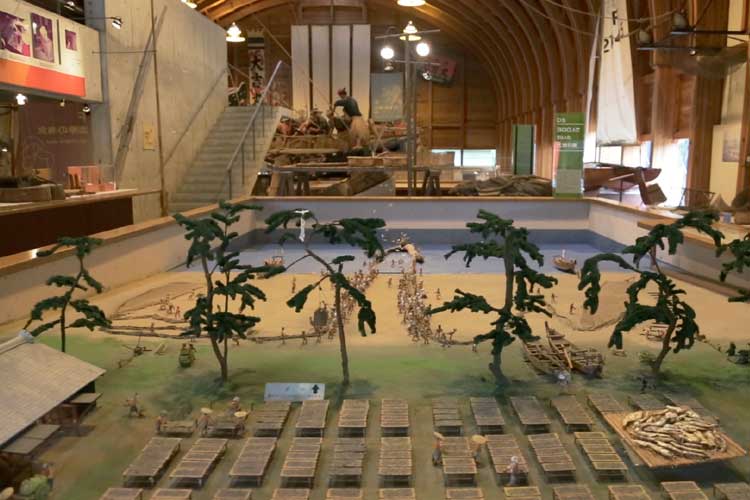
FISHERY IN ISE BAY
-
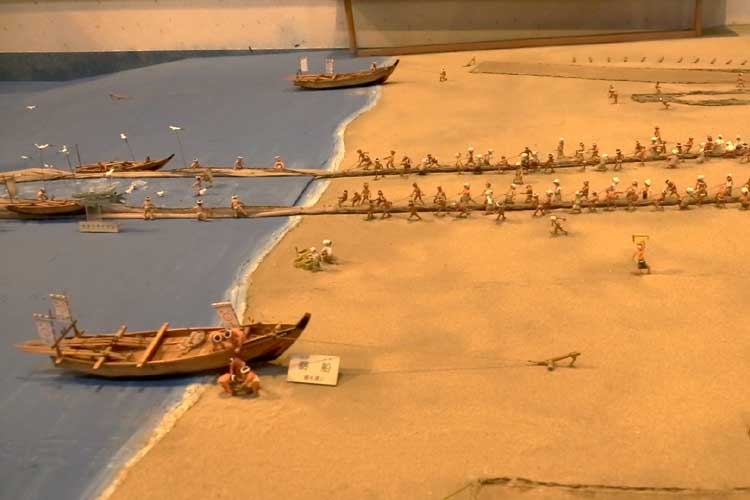
FISHERY IN ISE BAY
-
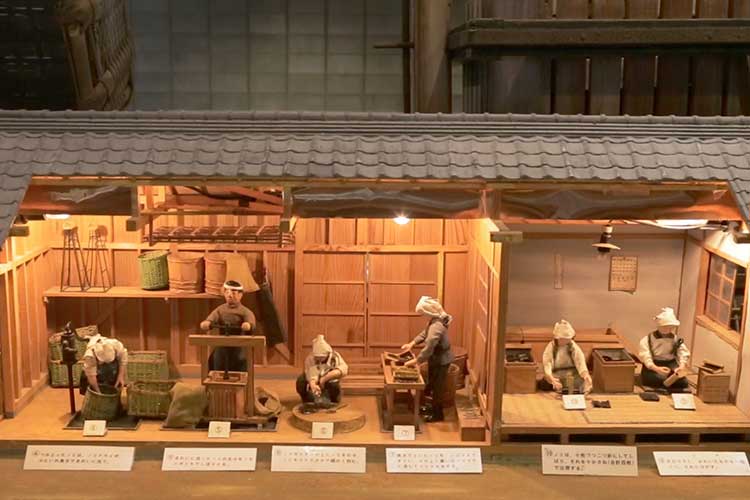
FISHERY IN ISE BAY
-
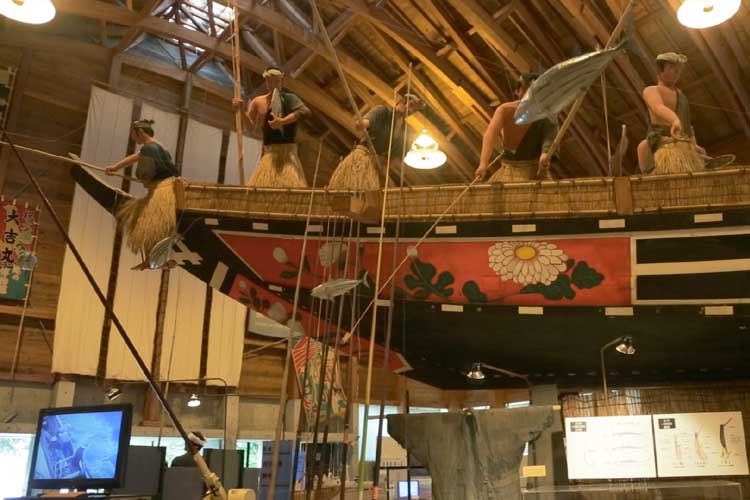
FISHERY IN SHIMA AND KUMANO
-
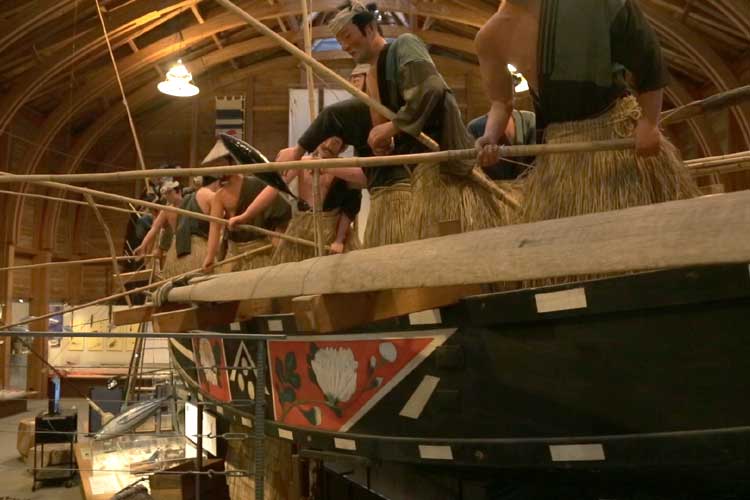
FISHERY IN SHIMA AND KUMANO
-
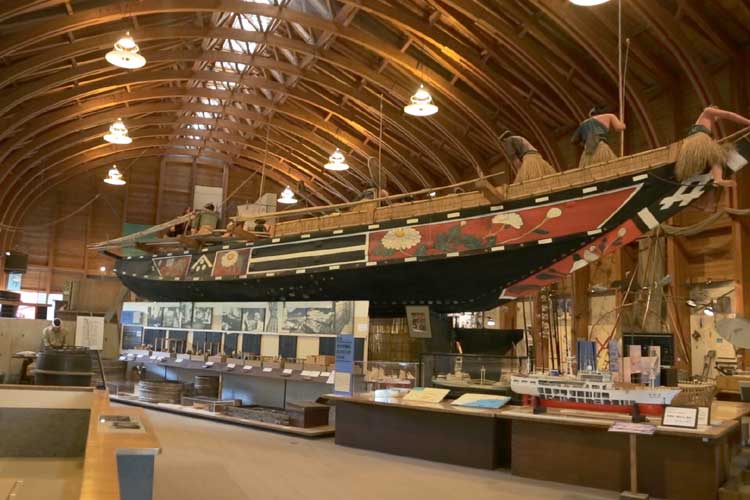
FISHERY IN SHIMA AND KUMANO
-
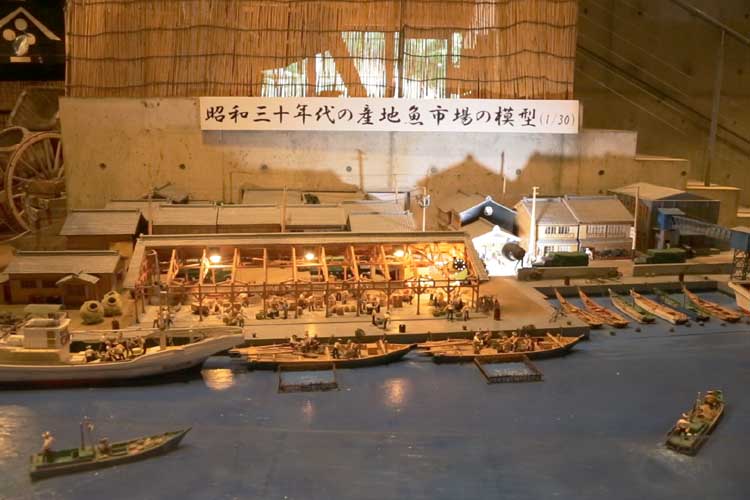
FISHERY IN SHIMA AND KUMANO
-
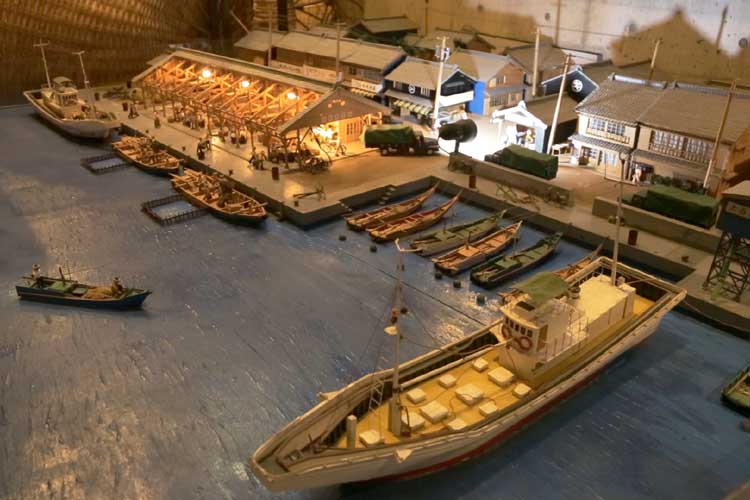
FISHERY IN SHIMA AND KUMANO
-
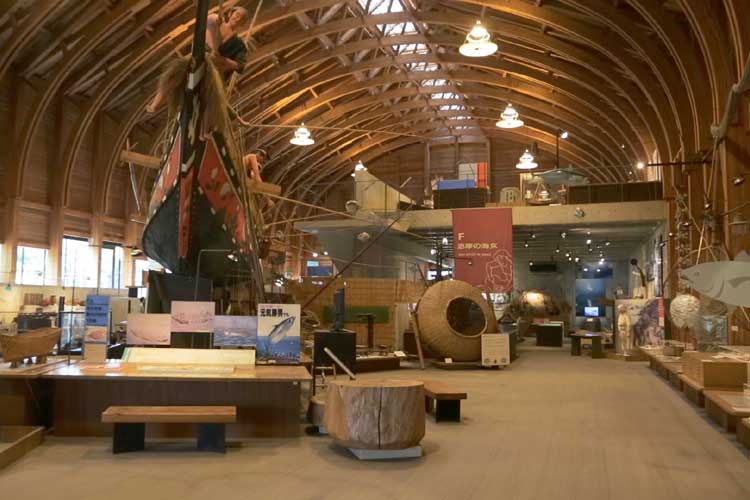
FISHERY IN SHIMA AND KUMANO
-
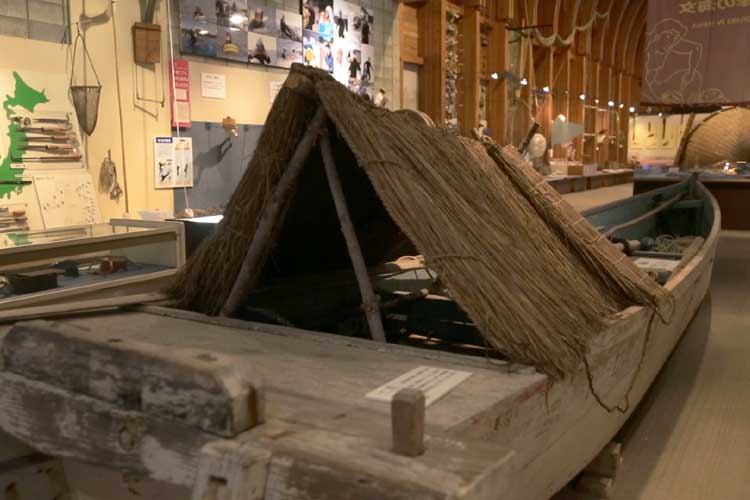
AMA DIVERS IN SHIMA 29
-
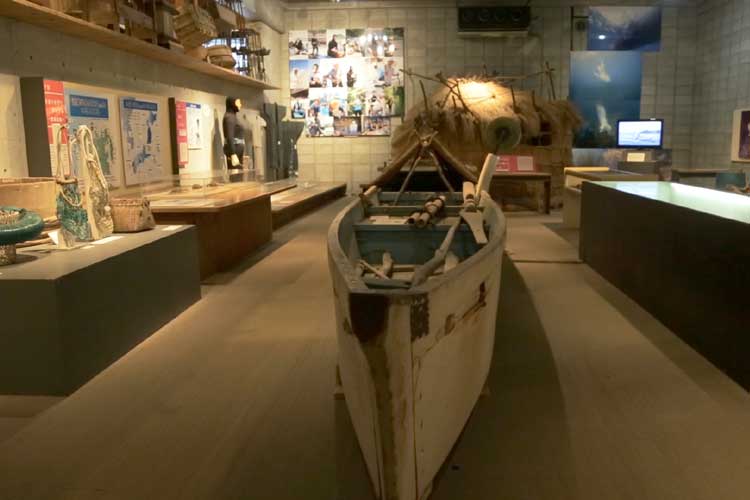
AMA DIVERS IN SHIMA 29
-
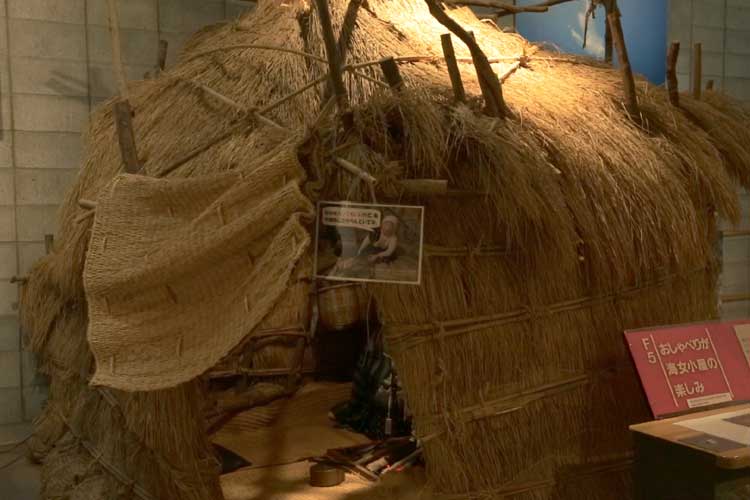
Ama huts
-
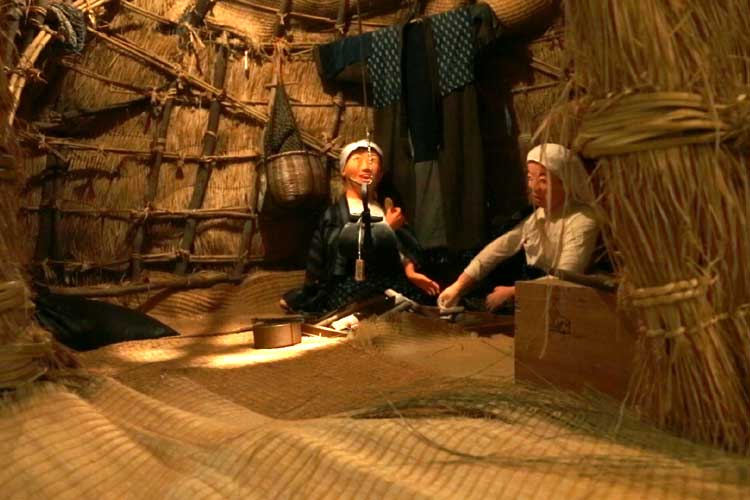
Ama huts
-
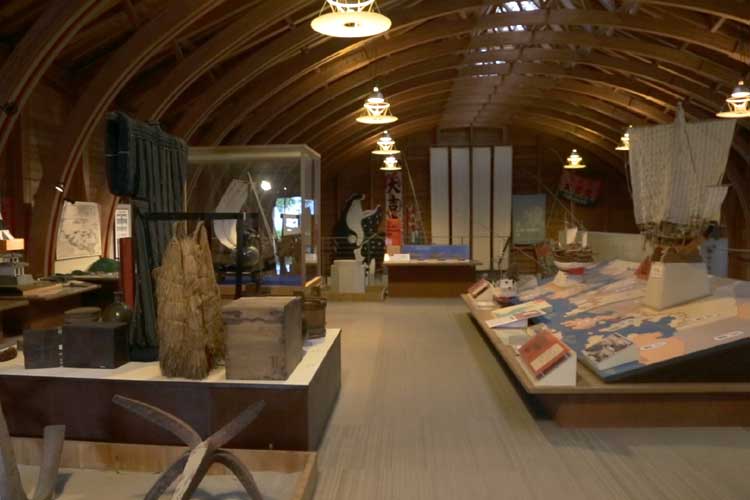
WOODEN BOAT AND NAVIGATION
-
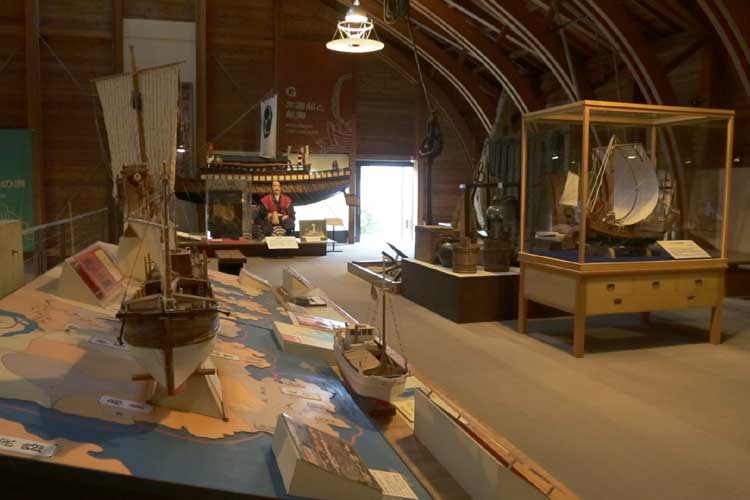
WOODEN BOAT AND NAVIGATION
-
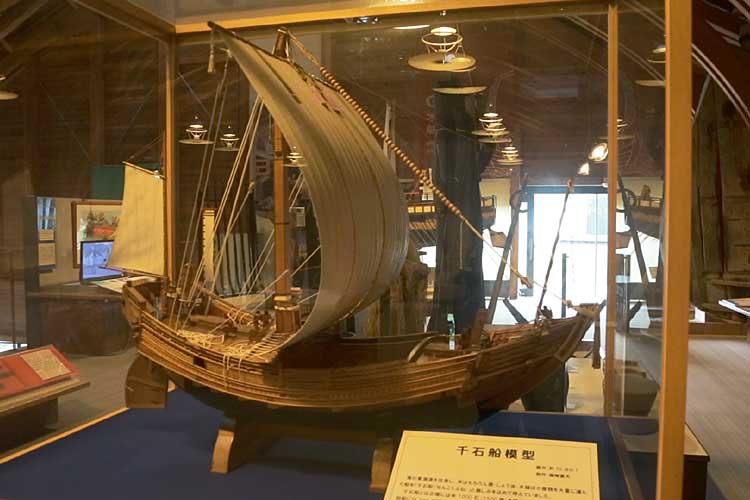
WOODEN BOAT AND NAVIGATION
-
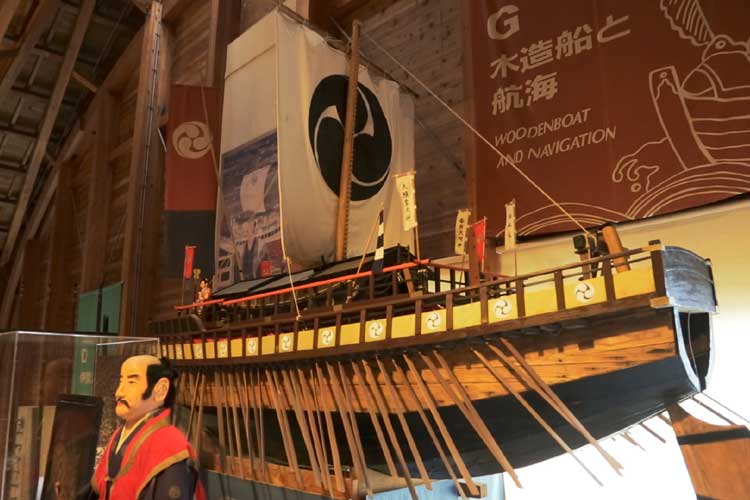
WOODEN BOAT AND NAVIGATION
-
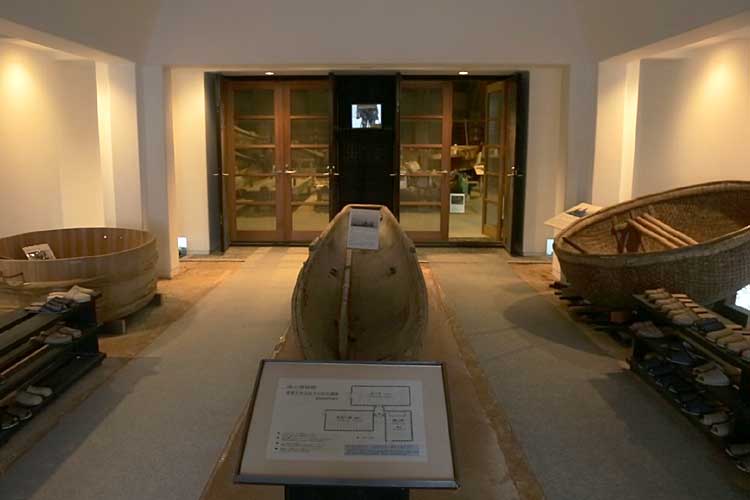
Storage Hall
-
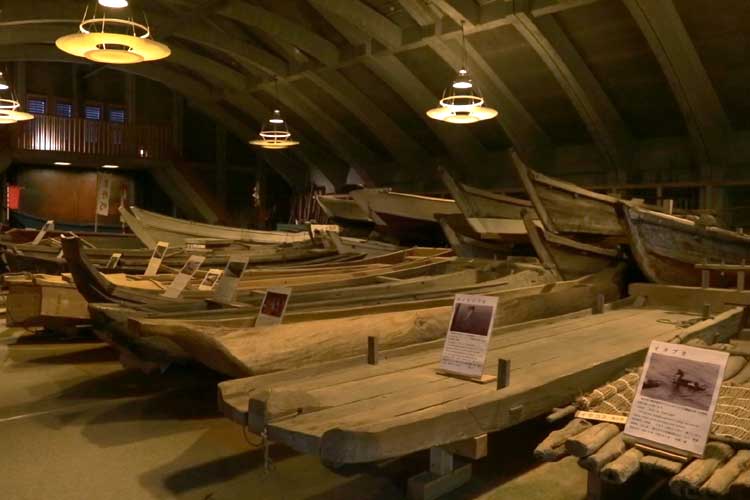
Storage Hall
-
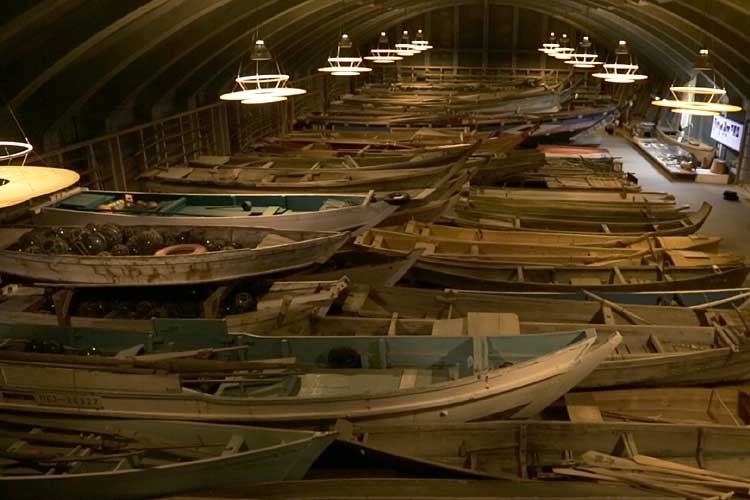
Storage Hall

